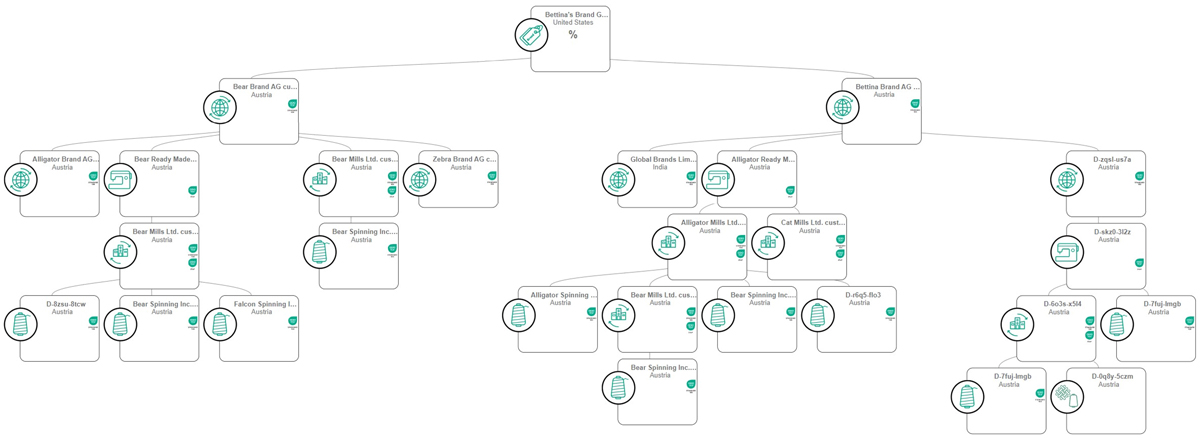Suppliers & Requests
- View and evaluate direct and indirect suppliers
- Add new suppliers and communicate with existing suppliers
- Display suppliers and supplier relationships
- View existing OEKO-TEX® certificates in your supply chain and set automatic expiry notifications






